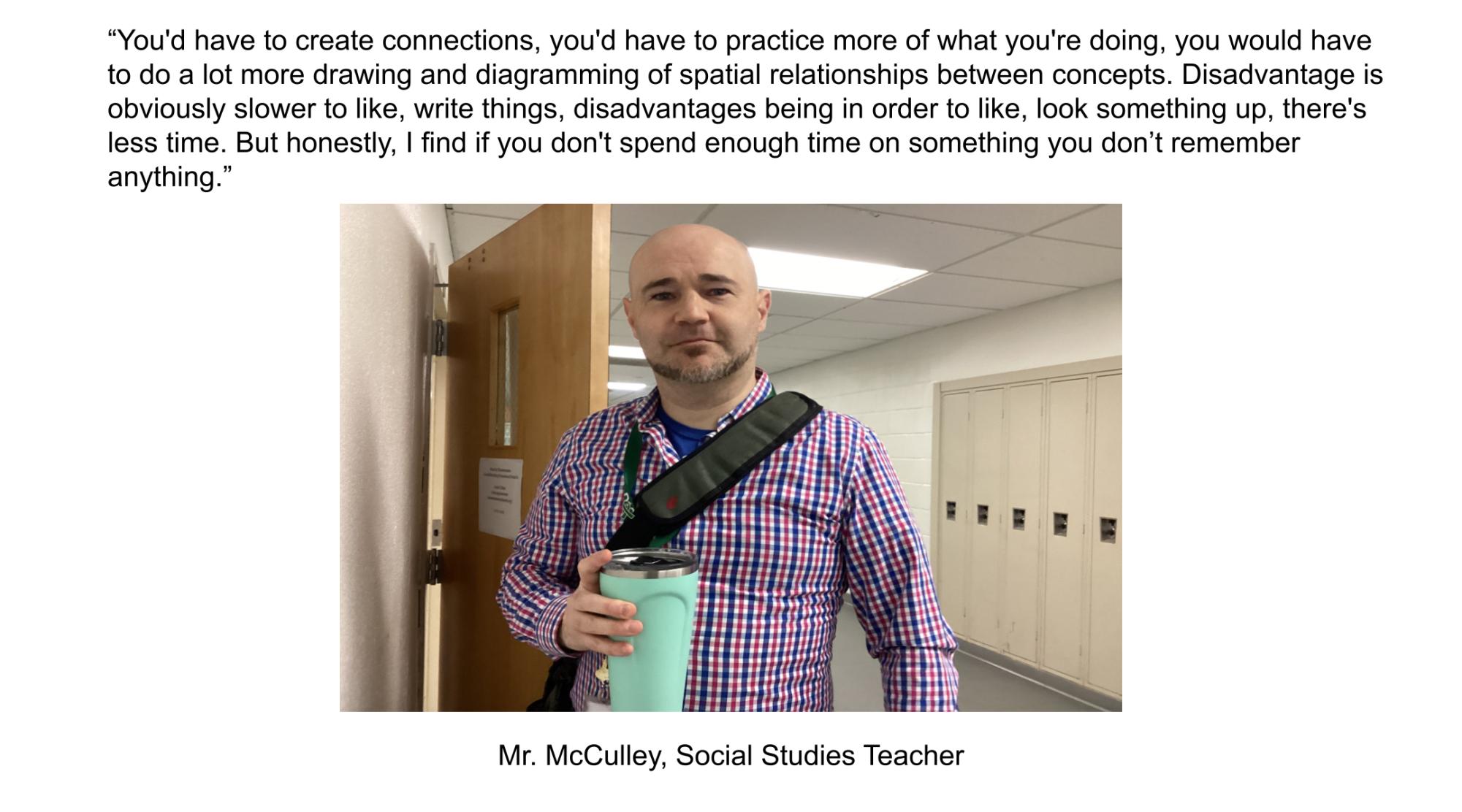The SAT: New Test, New Focus, New Criticism
March 4, 2015
In March 2014, David Coleman, the current president of the College Board, announced that a new version of the SAT will emerge in the spring of 2016. According to the College Board, the new exam is more in line with what students are taught in school and is also a better indicator of success in college. The decision to change the SAT as we know it has become the catalyst of a heated debate. The key question is if the test reflects what students learn in school or if it is going to end up shaping it.
One noteworthy change is that in the reading and writing sections of the test. The new sections are titled the “Evidence-Based Reading and Writing.” When it comes to vocabulary, students are going to be asked to choose the correct definition of underlined words in context. There is a new focus on relevant and useful words rather than those that are uncommon and difficult. The reading comprehension and essay portions of this section will be greatly based on analyzing evidence. For the essay, test-takers will have to read a passage and analyze the author’s ability to make an argument. Additionally, the essay section will become optional because the reading section already tests the same skills. The goal is to test skills that students will eventually use in the real world. Positive feedback about the new vocabulary section is often based upon the fact that students are able to show what they know, not just what they have memorized and will soon forget. One piece of criticism of the new reading and writing sections is that students no longer have to use critical thinking to determine the meaning of words based on Latin roots. Many English teachers feel that this was a beneficial aspect of the old SAT.
Furthermore, in the “Evidence-Based Reading and Writing” sections, there is a new focus on United States history. The SAT will include one passage from a US founding document like the Declaration of Independence or from an idea that was inspired by these documents such as a speech by Mahatma Gandhi. The College Board believes that this is important because these documents have created a “Great Global Conversation” that is still relevant today. However, many people are arguing that this is a huge disadvantage for foreign students and students that speak English as a second language because these founding documents often contain old English. It is also a disadvantage because foreign students are not as prepared for document-based tests in school. American children are taught basic American history from when they are very young, but children in other countries are not. This new focus on US history has become very controversial.
The new math section has sparked some positive feedback but also heated criticism as well. Just like the reading section, there is a new emphasis on real-world math. People are very critical of this because it means more wordy questions which is, again, a disadvantage for students who do not speak English as their first language. The new math section is closely related to the Common Core Standards. People are highly critical of this because only 42 states are currently in the process of implementing the Common Core Standards. Unlike the old SAT, good teachers are a huge advantage. Therefore, the new SAT will not have the same ability to identify smart students at academically weak schools. Many argue that students’ scores will be more dependent on socioeconomic class. Many math teachers are going to have to change their teaching style because the math section will be very difficult for students that are not taught in a certain way. However, the math that appears on the test will be more related to school work rather than the notorious trick questions that the SAT is known for. It is also noteworthy that the College Board is working on free practice materials. These free study materials will give more affluent families less of an advantage.
Many families with high school students have reached out to the College Board and other professionals for their opinions on how to prepare for the new SAT. Some are saying to just study for the ACT because the new SAT has become very similar to this test. Many students take the ACT instead of the SAT anyway. However, the College Board does not approve of this advice. The College Board has advised students that will be taking the test in the 2015-2016 school year to take both the old and the new SAT to send to colleges. College admissions boards should be understanding and use the scores that best reflect the strengths of the student.
The overall goal of the College Board is to increase the reliability of the SAT as an indicator of college readiness. We will see if this goal has been achieved in the spring of 2016.
















